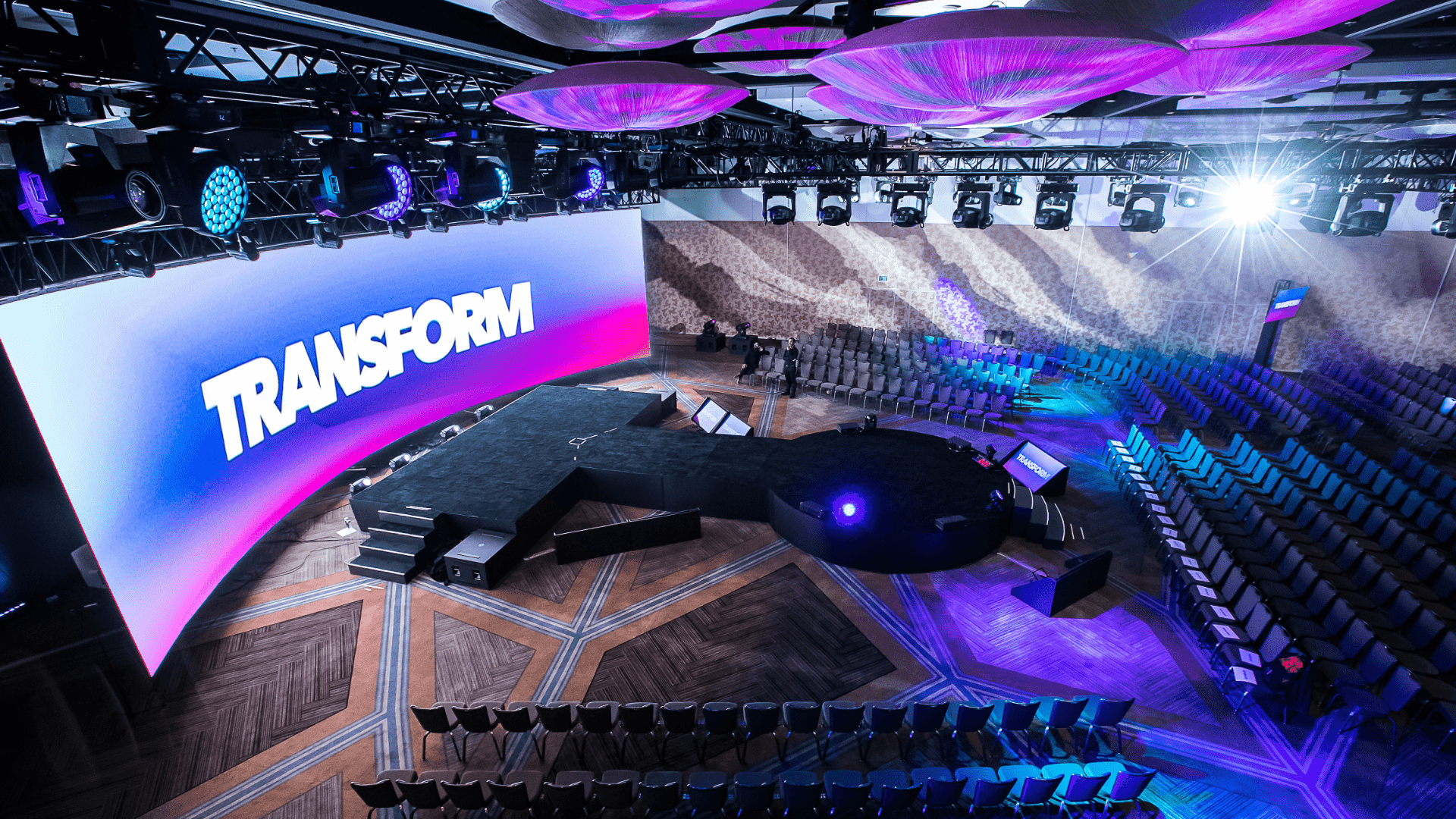
As it comes to light-emitting diode walls, one of the important elements to consider is pixel pitch. Dot pitch is defined as the space between the centers of two neighboring pixels on an light-emitting diode display. This measurement is usually expressed in mm. Understanding pixel pitch is crucial because it explicitly influences the resolution and sharpness of the visuals displayed. A reduced pixel pitch means that the pixels are nearer together, resulting to a higher resolution, while a larger pixel pitch yields in a diminished resolution. Therefore, selecting the right pixel pitch is vital for obtaining optimal LED wall performance.
The selection of pixel pitch frequently depends on the viewing distance. For example, if the light-emitting diode wall is intended to be viewed from a distance, a bigger pixel pitch may be appropriate. This is because the human eye cannot easily discern individual pixels when they are more distant away. On the contrary hand, if the wall will be viewed up close, a smaller pixel pitch is needed. In situations such as indoor events, where attendees are usually closer to the screen, a smaller pixel pitch will provide a crisper and more distinct image. Hence, understanding how viewing distance impacts pixel pitch is key to making an educated choice.
Another important consideration is the planned use of the light-emitting diode wall. Various applications, such as advertising, concerts, or conference presentations, may require varied pixel pitches. For example, an light-emitting diode web link wall used for advertising in a shopping mall may benefit from a pixel pitch that allows for lively colors and elevated detail so that it captures the attention of bystander shoppers. Conversely, an external LED wall used at a concert may focus on brightness and visibility over resolution, allowing for a bigger pixel pitch. Therefore, the particular context in which an LED wall will be used is crucial for determining the appropriate pixel pitch.
Pricing is also a significant factor when selecting pixel pitch. Typically, LED displays with reduced pixel pitches tend to be more expensive due to the increased density of pixels and the sophisticated technology required for manufacturing. Although it may be enticing to opt for a high-resolution display with a small pixel pitch, financial constraints often necessitate a balance between quality and cost. Businesses should assess their needs and determine how much they are willing to spend in an light-emitting diode wall, ensuring that the pixel pitch aligns with their financial capabilities while still satisfying performance expectations.
Finally, it is crucial to take into account the maintenance and longevity of the LED wall when choosing pixel pitch. Displays with smaller pixel pitches can sometimes be more fragile and may need more meticulous handling and maintenance. Regular maintenance is required to ensure that the display functions optimally over time. Understanding the maintenance needs and potential challenges associated with different pixel pitches can assist organizations make a more informed decision. By taking into account all these elements, including viewing distance, planned use, cost, and maintenance, one can choose the perfect pixel pitch for optimal LED wall performance.